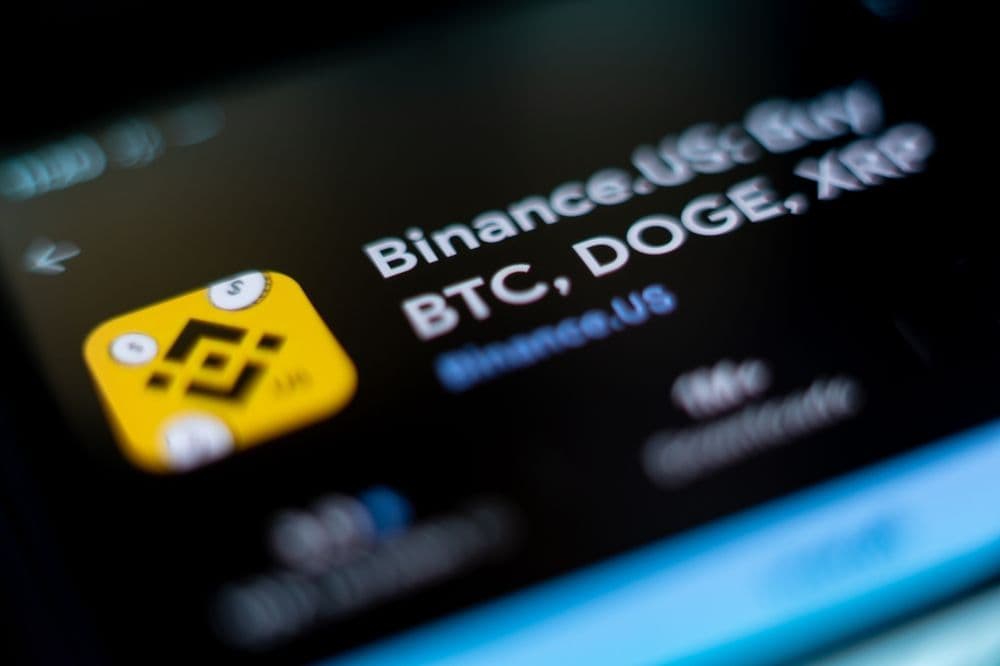 Qatar’s largest bank adopts JPMorgan’s blockchain for real-time U.S. dollar transfers. (Shutterstock)
Qatar’s largest bank adopts JPMorgan’s blockchain for real-time U.S. dollar transfers. (Shutterstock)The adoption signals QNB’s intent to modernize its U.S.-dollar flows. For corporate clients, this change means payments can now be initiated and completed more efficiently, with greater transparency and fewer manual reconciliation delays. In practice, businesses that rely on global supply chains or energy-related trade can expect smoother cash management across time zones. By removing delays associated with cut-off windows and correspondent bank dependencies, firms operating in Qatar gain new flexibility to execute time-sensitive transactions.
QNB’s implementation underlines how quickly blockchain rails are moving from pilots into real, large-scale banking operations. The project demonstrates that what was once experimental technology is now embedded in mainstream banking flows. If the system performs as intended, it may accelerate adoption among other regional lenders, strengthening the Gulf’s reputation as an early adopter of financial technology.
The success of the rollout will ultimately be measured not only in terms of speed but also in terms of uptake by corporate clients and the ability to sustain continuous operations across different jurisdictions.
Kinexys is a permissioned blockchain rail designed for institutional clients, enabling faster settlement and improved liquidity management. It allows banks to move money and data continuously, outside of conventional banking hours, while maintaining strict membership and compliance standards. By using a distributed ledger, the platform seeks to provide near-instantaneous settlement finality while preserving rigorous oversight from regulated financial institutions.
J.P. Morgan has been gradually extending Kinexys across the Middle East and North Africa, onboarding leading banks in markets such as Qatar, Saudi Arabia, and the United Arab Emirates. QNB’s participation adds weight to this growing network, giving the platform more utility as additional institutions connect. For Gulf economies pursuing diversification strategies, advanced financial infrastructure is seen as a competitive advantage. By aligning with a system like Kinexys, regional banks demonstrate readiness to support multinational clients with more agile and predictable payment services.
For corporate treasurers, the key benefit is liquidity efficiency. Faster settlement reduces the amount of capital that needs to be locked up in pre-funded accounts and allows companies to turn receivables around more quickly. For banks, it offers streamlined operations and the ability to serve clients with greater flexibility, reducing reliance on legacy systems. The transparency provided by ledger entries also helps minimize disputes and improve trust in cross-border settlement.
At the systemic level, wider adoption of permissioned blockchain platforms could improve visibility and risk management across financial networks. Regulators, however, will still expect clear safeguards on compliance, operational resiliency, and supervisory oversight. Cybersecurity standards, stress testing, and audit controls remain critical to ensure such systems can scale responsibly.
J.P. Morgan continues to position Kinexys as an institutional backbone for programmable, real-time payments, suggesting that what is now being applied to U.S.-dollar flows in Qatar could eventually extend to other currencies and use cases. As adoption expands, the Gulf region is likely to play an increasingly prominent role in showcasing how blockchain infrastructure can underpin global finance while remaining firmly within the framework of established banking institutions.

Binance Junior brings crypto to families

Japan moves to cut crypto taxes to 20%

MoonPay backs Zengo in exclusive deal

Bitfury launches $1B drive to advance ethical tech